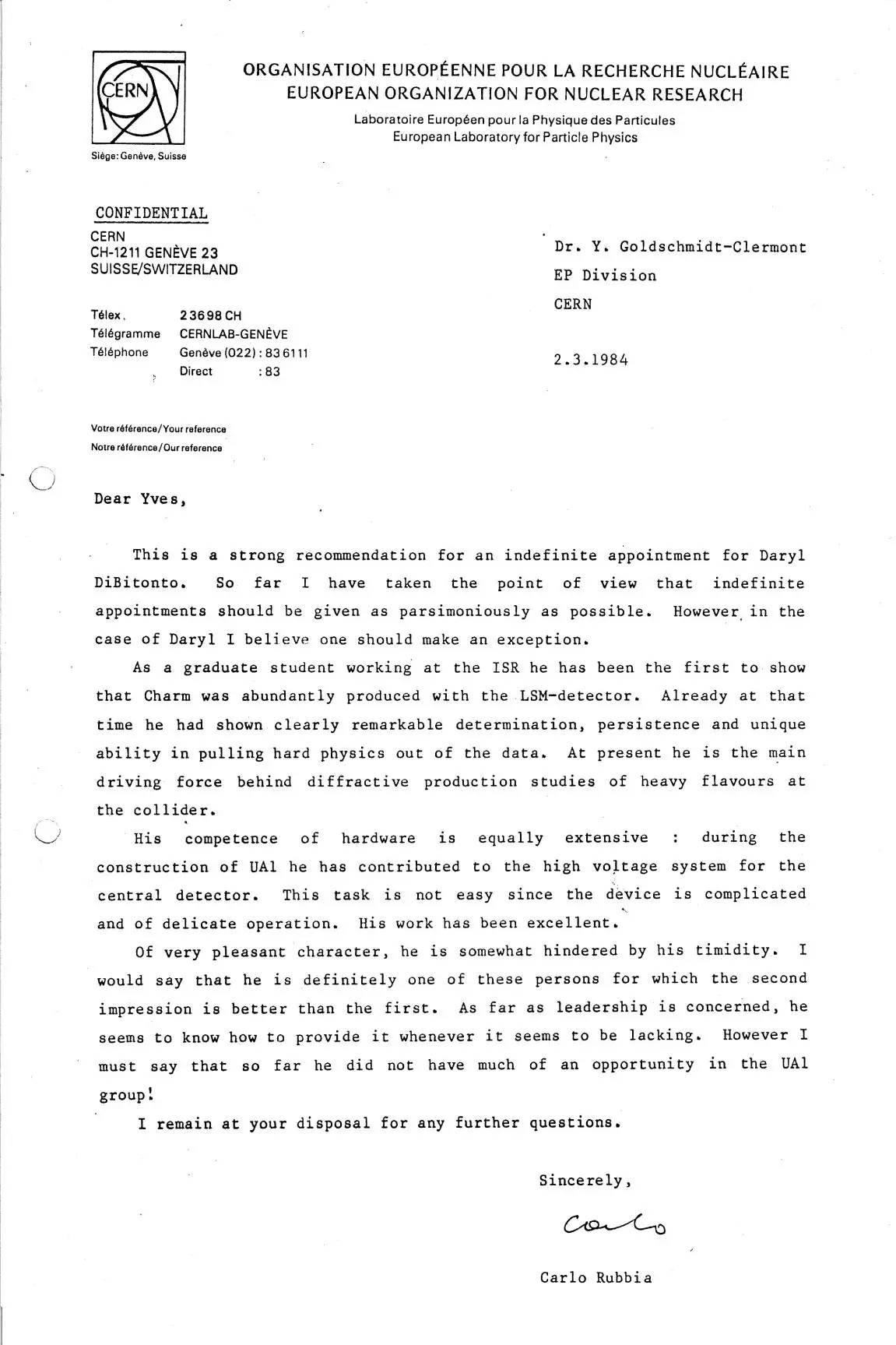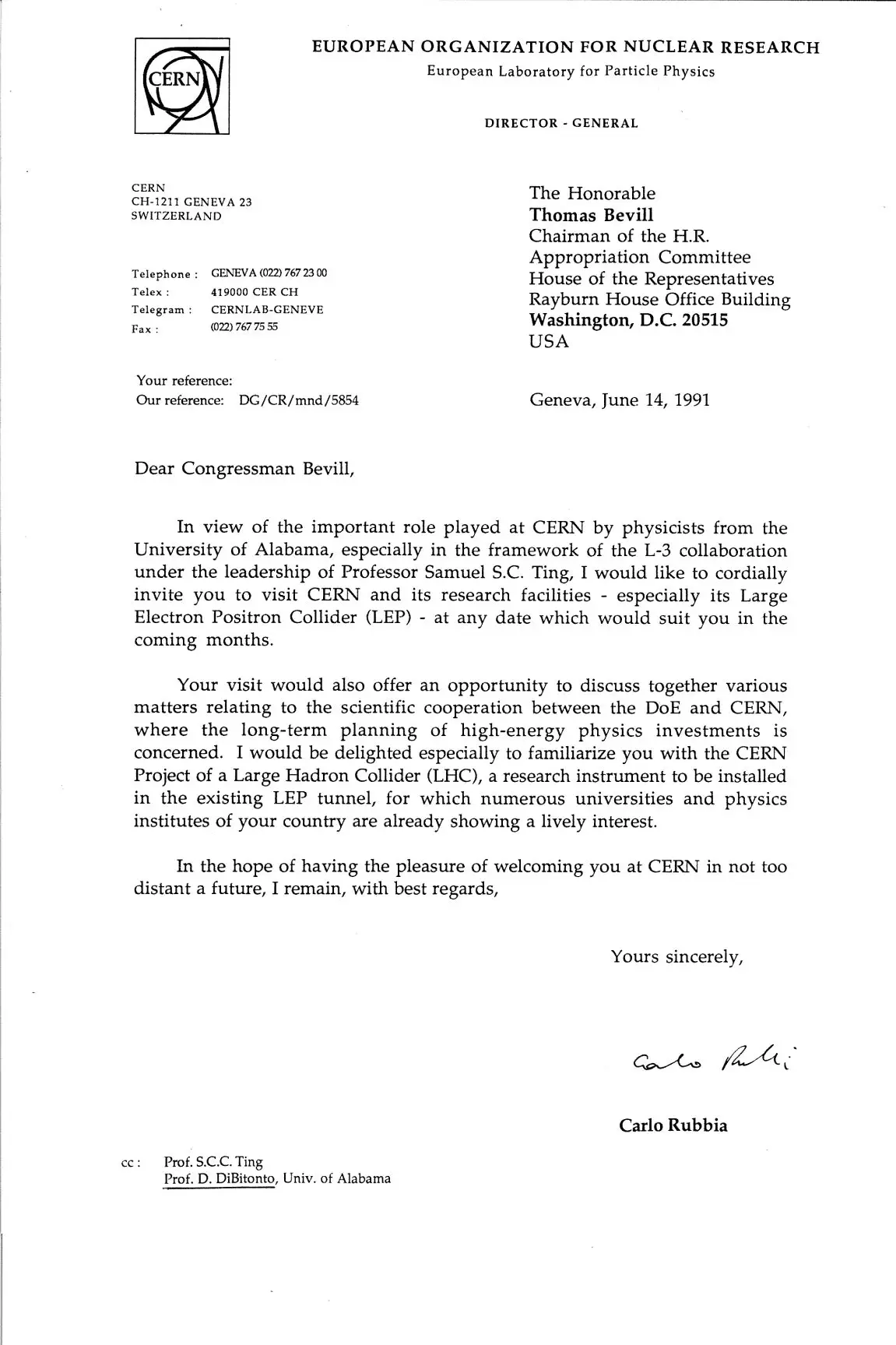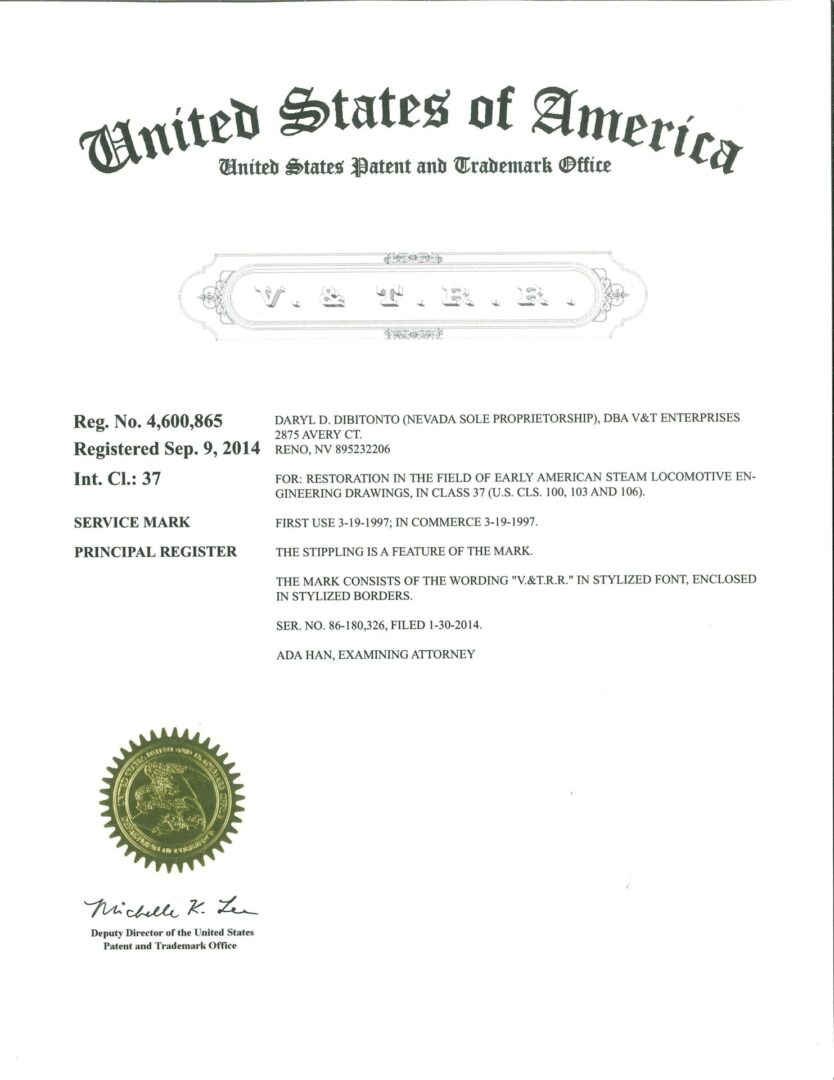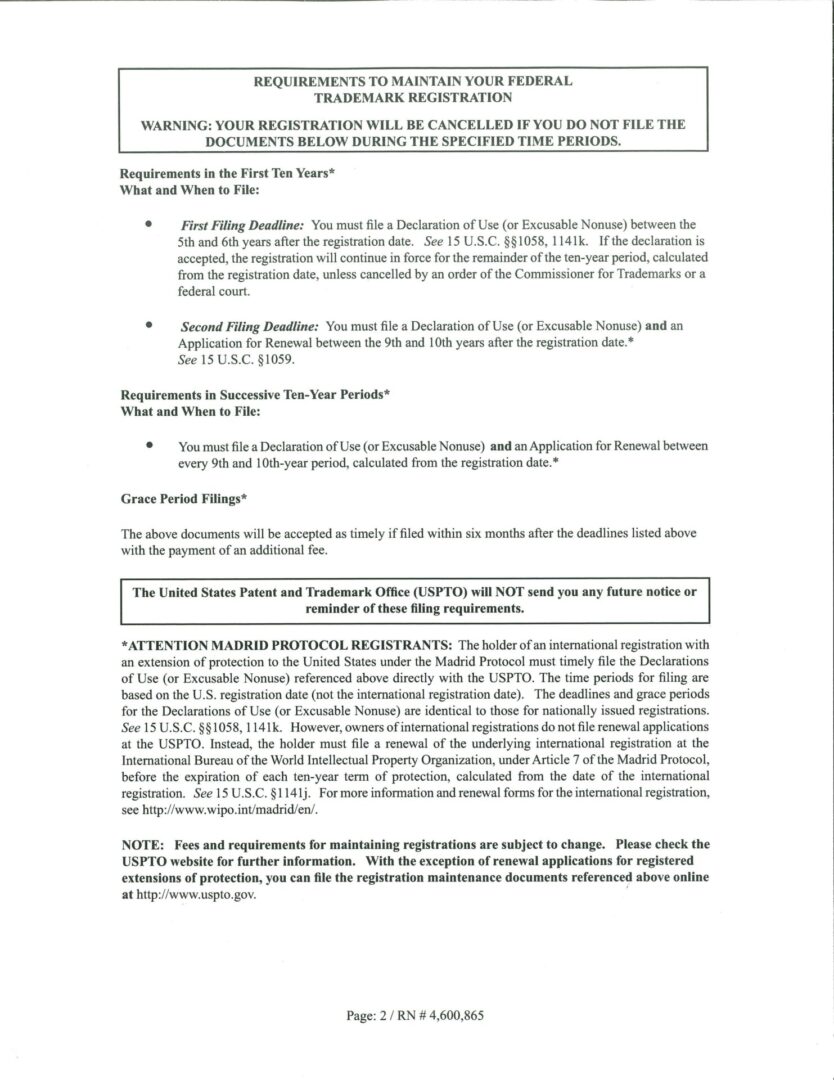Daryl Dean DiBitonto (born July 6, 1952, in Reno, Nevada, USA) is a Swiss American physicist primarily known for his work in high energy physics. As a graduate student working at the CERN Intersecting Storage Rings (ISR), he was the first to show that Charm was abundantly produced in hadronic interactions. His other work includes theoretical modeling of the Electric Discharge Machining (EDM) process. He has co-authored more than 240 scientific articles in refereed scientific journals.
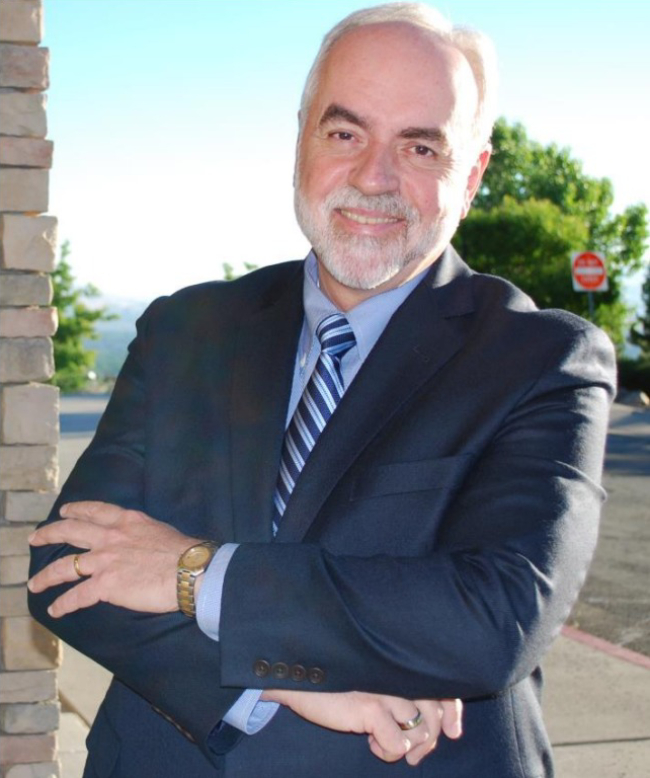
DARYL DIBITONTO, JUNE 2011
Stanford University: 1970 – 1974
With a Max C. Fleischmann Foundation Scholarship, DiBitonto began his undergraduate studies in physics at Stanford University in 1970. Under the supervision of Melvin Schwartz, he held internships both at the Stanford Linear Accelerator Center (SLAC) and later at the Brookhaven National Laboratory (BNL), where he worked on a study by Schwartz of the exotic pion-muon atomic state. For his senior thesis, DiBitonto went on to develop a Monte Carlo program to optimize a theoretical study for a high-intensity superconducting muon channel1. He was awarded his Bachelor of Science degree in Physics, with Distinction, from Stanford University on June 16, 1974.
Harvard University: 1974 - 1979
With a Research Assistantship from Harvard University, DiBitonto continued his graduate studies in physics with Carlo Rubbia, who later was his thesis adviser. After earning his Master of Arts degree on March 8, 1976, he then left Cambridge and began his thesis work at CERN in Geneva, Switzerland, working at the CERN ISR on numerous experiments at the I6 intersection. After developing and testing a new multiwire drift chamber design2 used in his final experiment at the ISR and included in an axial Lampshade Magnet (LSM) detector (see Figure 1), DiBitonto then began work on the analysis of high energy proton-proton collisions using a diffractive trigger selection. His work showed evidence for the first observation of Charmed baryon production in hadronic interactions3 (see Figure 2) through the decay channel Λc → Λ π π π. Additional evidence for associated Charmed baryon and Charmed meson production and decay has been reported elsewhere4. DiBitonto was formally awarded his doctorate in Physics from Harvard University on March 18, 1980.
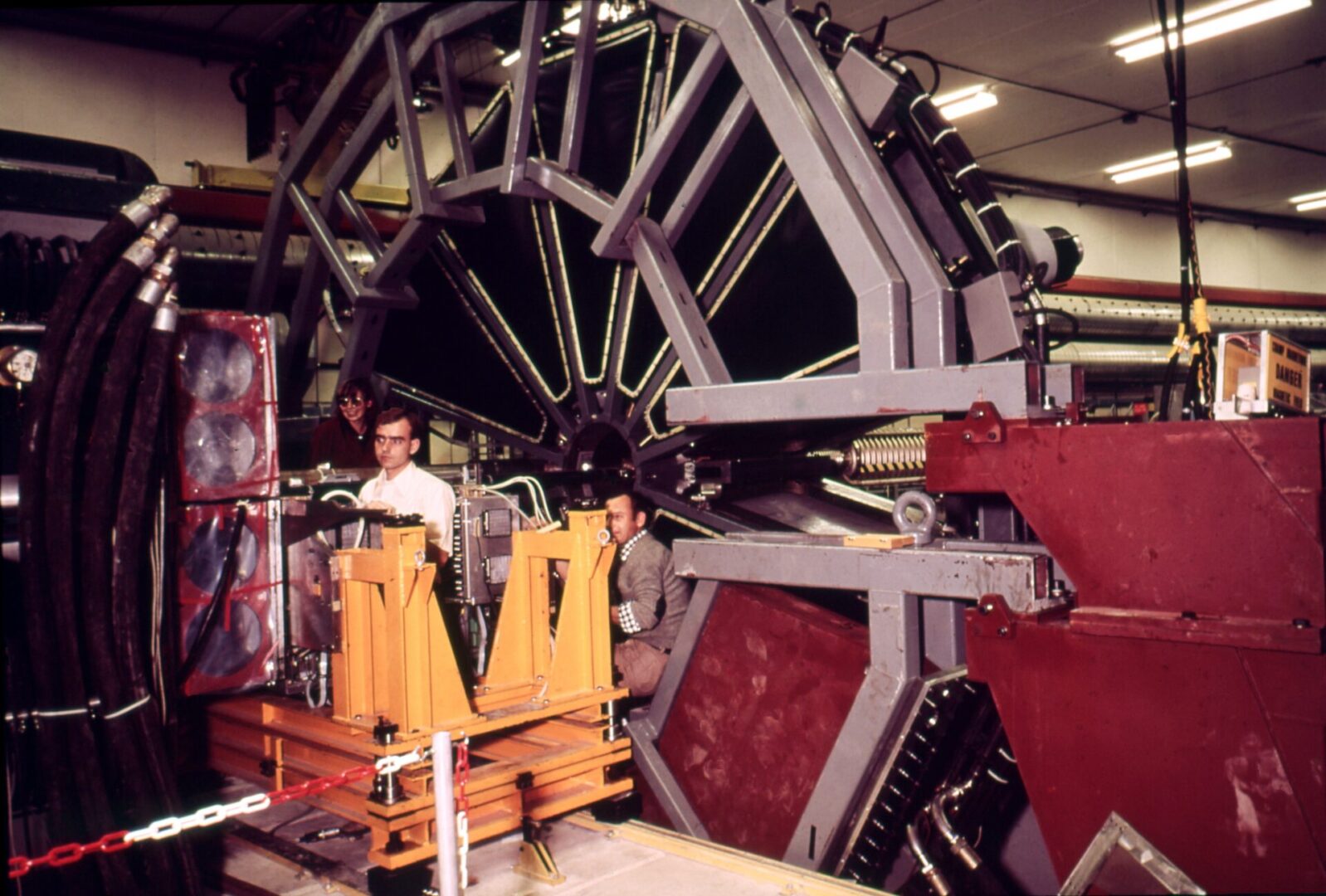
FIGURE 1. EXPERIMENT R606 AT THE CERN ISR WITH THE LSM SPECTROMETER (1976).
LEFT TO RIGHT: BEATE NAROSKA (CERN), DARYL DIBITONTO (HARVARD UNIV.) AND
ARNOLD STAUDE (MUNICH UNIV.). CERN SLIDE X637.10-76.
CERN: 1980 - 1985
Immediately following the completion of his Ph.D. degree, DiBitonto joined the Swiss Federal Technical
Institute of Zürich (ETHZ) as a research physicist on the NA10 experiment led by Valentine Telegdi. He was shortly thereafter recruited by Rubbia in August of 1980 to join CERN as a staff physicist to work on the new antiproton-proton Collider at the CERN Super Proton Synchrotron (SPS). Rubbia’s experiment, UA1, would later report experimental observations of the Standard Model Intermediate Vector Bosons (IVB), W5 and Z6. In 1984 Rubbia co-shared the Nobel Prize in Physics with Simon van der Meer “for their decisive contributions to the large project, which led to the discoveries of the field particles W and Z, communicators of the weak interaction.”7 In addition to DiBitonto’s hardware contributions to the UA1 experiment, he also developed new theoretical tools for heavy quark searches8 at collider energies.
Texas A&M University: 1985 - 1989
Before formally joining the faculty at Texas A&M University after his appointment with CERN, DiBitonto worked briefly as Research Director for AGIE Corporation in Losone, Switzerland (TI), where he initiated research into the basic physical process of electric discharge machining (EDM). At that time, EDM was a largely phenomenological, empirical process with very limited theoretical understanding. Together with colleagues at Texas A&M, he developed a physics-based model for both the cathode9 and anode10 that could accurately predict and reproduce empirical data. The application of the inherent micron-level precision of the EDM process to accelerator technology was further investigated by DiBitonto with the development of prototype radio frequency quadrupole (RFQ) components fabricated by AGIE.
At Texas A&M, DiBitonto collaborated on the Collider Detector Facility (CDF) and Fermilab. For his work in diffractive production studies of heavy quark flavors at collider energies, he was awarded an Outstanding Junior Investigator Award (OJI) by the US Department of Energy11 in 1986 in support of his research at the Fermilab TeVatron.
University of Alabama: 1989 - 1997
With the prospect of a new Robert Jemison Van de Graaff High Energy Physics Institute at the University
of Alabama and the anticipation of the recently proposed Superconducting Super Collider (SSC), DiBitonto was recruited by the University to head its new experimental high energy physics group there. With a generous start-up grant of $300,000, DiBitonto was able to secure over $1.2 million during his tenure in external funding to support the University’s new high energy physics program. DiBitonto’s group at Alabama joined the L3 Collaboration with Samuel Ting to work at the Large Electron Positron Collider (LEP) at CERN, which was designed principally to study the Z0 resonance. DiBitonto’s group collaborated on the L3 Silicon Micro-vertex Detector (SMD) by developing and providing ultra-thin and ultra-precise Kapton readout strips for this detector12.
Concurrently DiBitonto’s group joined Ting’s L-Star Collaboration as one of the multi-international experiments proposed for the then-sited and partially constructed SSC in Texas. To address the extremely high radiation environment anticipated at the SSC, DiBitonto began research to develop radiation-hard gallium arsenide preamplifiers13 for detector elements close to the beam collision point, ultimately demonstrating the viability of this technology.
In view of the proposed Van de Graaff Institute, and with the support of Ting and Rubbia14, DiBitonto helped realize a $10 million line item grant in the Congressional Budget for the University of Alabama through the office of Congressman Thomas Bevill (D-AL), then Chairman of the House Appropriations Committee (see Figure 3). At the same time, however, congressional support for the SSC was rapidly fading due to the federal government’s insistence on direct foreign financial contributions to the US for the project, which would then be managed and spent by the Department of Energy (DOE). Funding for the nearly $500 million cost of the L-Star detector was proposed by Ting through largely in-kind contributions from its many foreign collaborators in the form of direct detectors, component construction, and personnel provided by these institutions. When the DOE insisted direct payments be made to DOE by these foreign institutions, the L-Star Collaboration subsequently collapsed, and all in-kind support for this project was abandoned; this was ultimately followed by the cancelation of the entire SSC project. Not only had the US lost its preeminence as a world leader in high energy physics research, but it also lost the chance to make early discoveries like the Higgs boson before CERN could and eventually did. What the federal government failed to understand, according to DiBitonto and others, was the global importance and efficacy of large international collaborations, which can and do work together on massive financial and international scales. No single institution or country can support the scale and magnitude of high energy research today - it is only possible through sustained international collaboration.
The $10 million line item grant for the Van de Graaff Institute was subsequently used by the Dean of the College of Arts and Science to build an aquatic biology program at Tuscaloosa.
FIGURE 3. LETTER TO CONGRESSMAN THOMAS BEVILL, JUNE 14, 1991.

